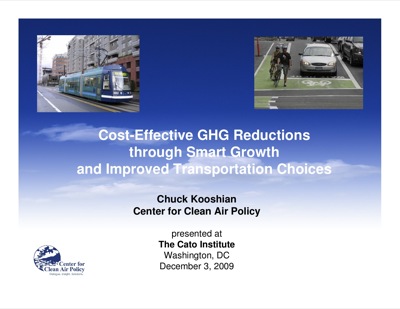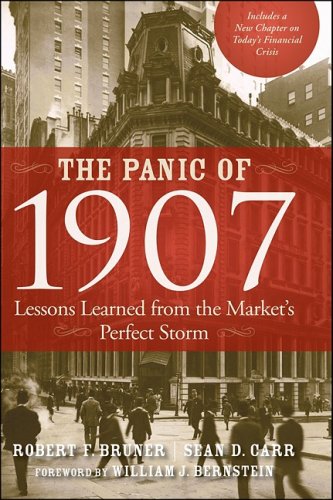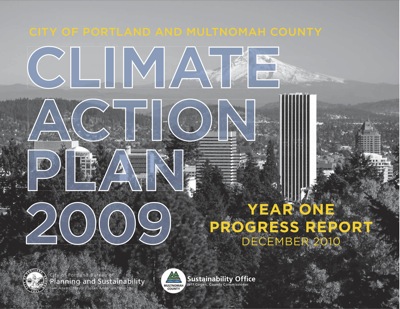No economist influenced the economics profession in the second half of the twentieth century as much as Paul Samuelson, who died Sunday at the age of 94. As the New York Times noted, “Samuelson was credited with transforming his discipline from one that ruminates about economic issues to one that solves problems, answering questions about cause and effect with mathematical rigor and clarity.”
Unfortunately, Samuelson’s influence was not as positive as the Times would have it. Samuelson turned economics from a social science that tried to figure out how the world worked into an pseudo-science that tried to turn the world into a mathematical model — a model that failed to account for the realities of individual human desires, incentives, and diversity. As a result, by 1960, economists, politicians, and would-be central planners were misled into viewing the economy as a machine that could be controlled by pulling levers, i.e, passing laws, issuing regulations, and setting tax and discount rates.
The economy is not a machine. As Michael Rothschild showed in his book, Bionomics, the economy is more like an ecosystem. One implication is that the economy is so complex that, when you pull a lever (pass a law, issue a regulation, create a tax), the unintended consequences are likely to be far greater (and far more negative) than the intended ones.











